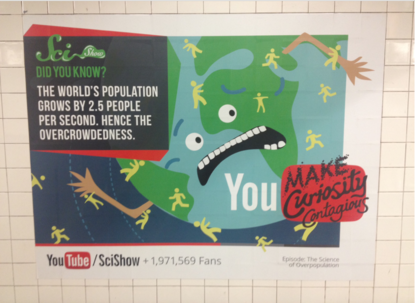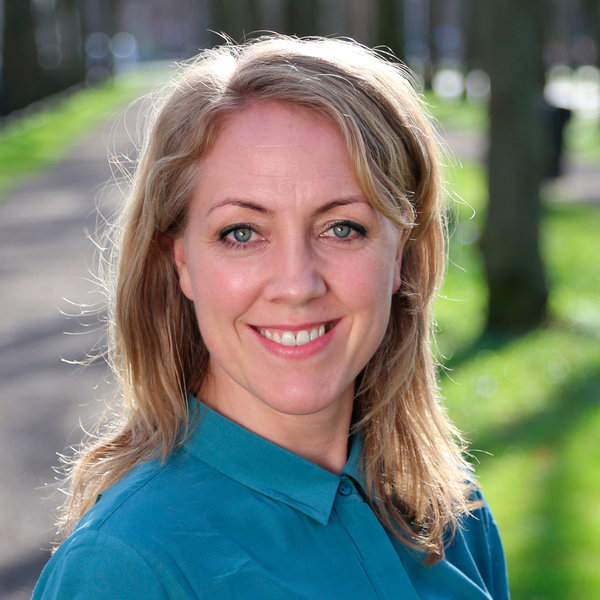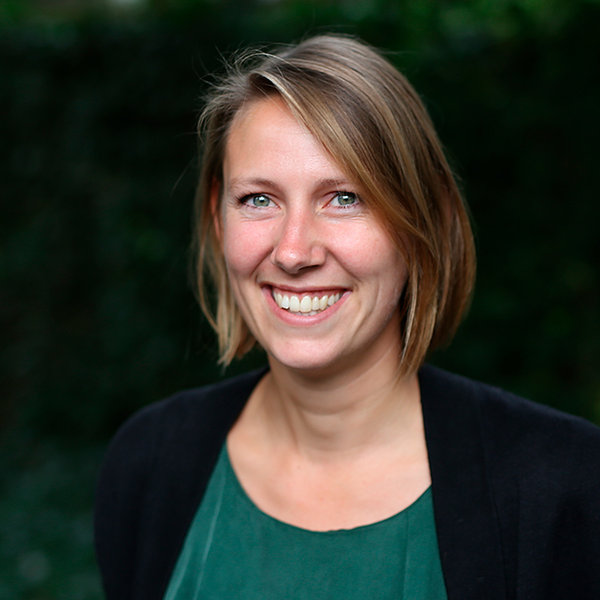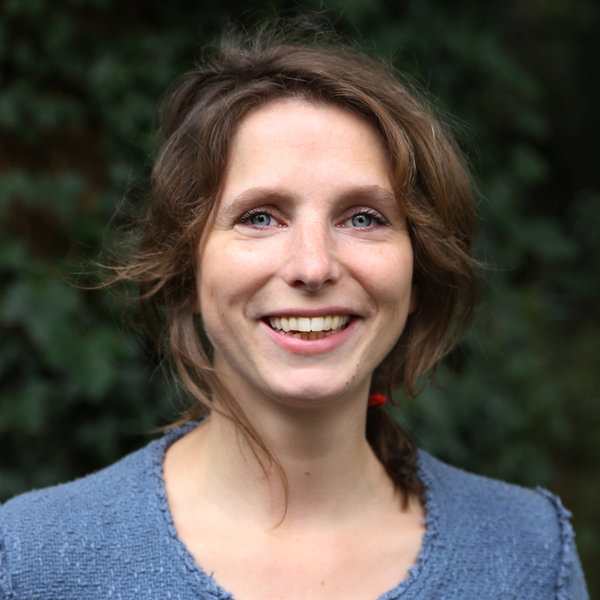
Another day filled with appointments. Some of us stayed in Manhattan, others went to Connecticut. The combination of sunshine and lovely meetings gave us lots of energy – but what else is new?!
Collaborative closure clap
Lieve, Joeri and Suzanne took a taxi to 49th Street to meet a group at Gust. At the eleventh floor they were right in the middle of their standup session. As a start of the day, the developers and other colleagues shared what they worked on yesterday, and what they want to work on today, while standing in a circle. They ended this meeting with a clap: everyone, at practically the same time, clapped their hands once. Our host explained this is the office equivalent of a group hug. We tested it out the rest of the day to end our meetings and it works: it brings a natural closing to a meeting, and a sense of togetherness. The rythm of one collaborative closure clap reveals the extent to which you are in sync. So it works. But although it is a simple clap, initiating the collaborative closure clap requires specific skills… Picture this: one of us opening and raising their hands, obviously trying to initiatite the clap and others going on with their conversation undisturbedly…
Meetings based on inner desgin
At Columbia University we experienced a meeting with graduate students in which more people joined us by phone, than there were live in the conference room. Everyone shared a story of a productive and engaging meeting that they initiated or experienced. We exchanged experiences with designing these meetings. Even when they appear to emerge seemingly spontaneously (like Mara who had an engaging chat in the subway) they can be based on what we called an ‘inner design’ (e.g. she recognized the opportunity, asked engaging questions). When we talked further about the chances of designing meetings beforehand one of the attendees expressed the potential of this by saying that “if we could treat meetings as small projects, we would be more effective”.
Are you a cleaner or a healer?
Meanwhile, Marloes and Mara took the train from Grand Central station to New Haven, Connecticut to meet with Amy Wrzesniewski, a professor at Yale and researcher on sense making in the work environment. Amy turned out to be an expert on this theme both from the academic or scientific point of view, and from the perspective of a practitioner: she herself has made several choices to craft her ideal and real job at Yale. Amy did an intensive study between cleaners at a hospital. While the ones who considered themselves a cleaner, with that making his job an art because it required specific skills and knowledge of procedures, the others viewed the cleaning job as a way to contribute to the healing process of the patients. “ I’m not a cleaner, I am a healer” one of the employees said. Our conclusion: the way you perform your work, depends on the meaning you give to it. What an inspirational dialogue that was!
Do or due?
On top of it all, Amy gave us a present: the Yale coffee mug that we had been admiring two hours earlier in the University coffee corner. While enthusiastically talking about this while waiting for the cab (which by the way are not yellow but white over there – and in crappy condition…), Marloes heard the reception lady ask: ‘What do you do?’. When she started explaining all about Kessels & Smit and our study trip, the lady interrupted firmly and exclaimed; “I don’t care what you do, I asked when are you due!”. We ended up sharing many stories on sons and daughters, until the cab arrived which brought us safely to New Haven station.
We ended our working day with a lovely dinner at Oceana with the whole team. Wearing our new shoes, learning the difference between west coast and east coast oysters (we preferred the latter), savoring delicious cooked fish, we enjoyed our last evening in the capital of the world. And now…off to Texas! Wahoo!
This weblog is part of series of blogs. At this moment, Mara Spruyt, Joeri Kabalt, Suzanne Verdonschot, Marloes de Jong and Lieve Scheepers visit the US. During this study tour we visit various organizations and scholars to learn more about the way organizational conversations contribute to change. We are conducting this research in cooperation with Nancy Dixon, a US researcher who studies and writes about collective sensemaking (nancydixonblog.com) in organizations. In this series of blogs we share our experiences.


